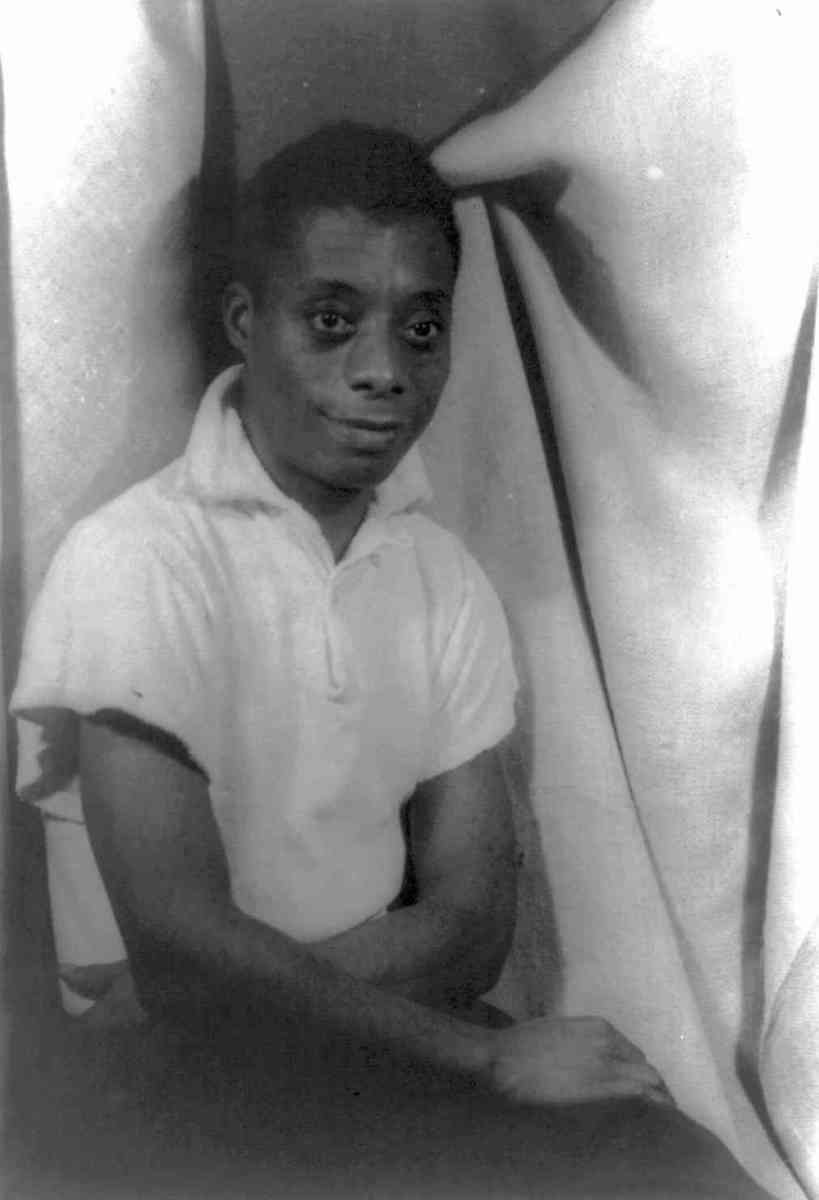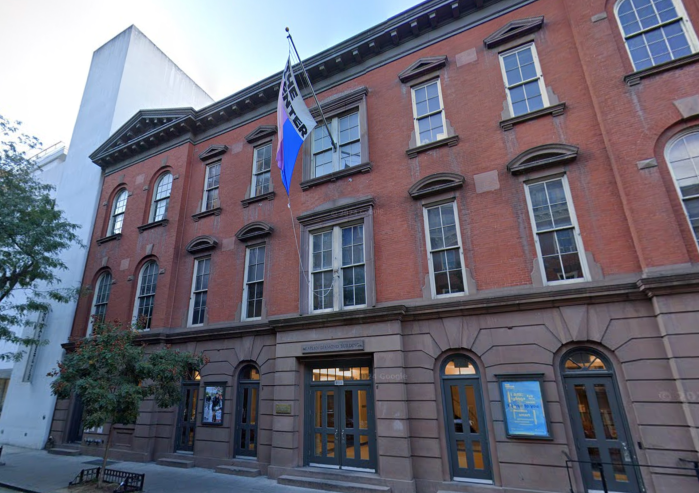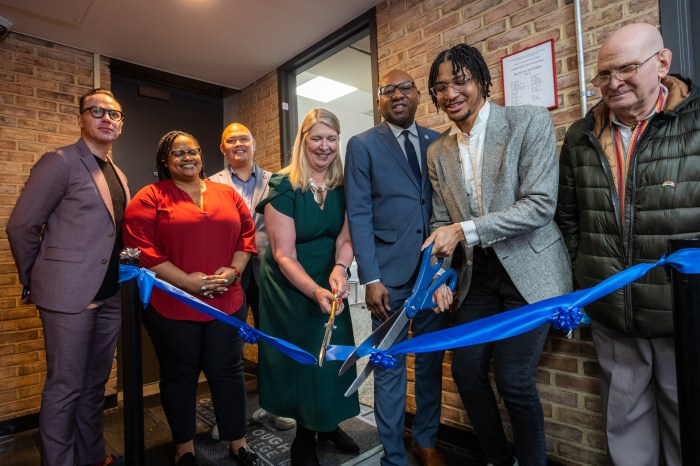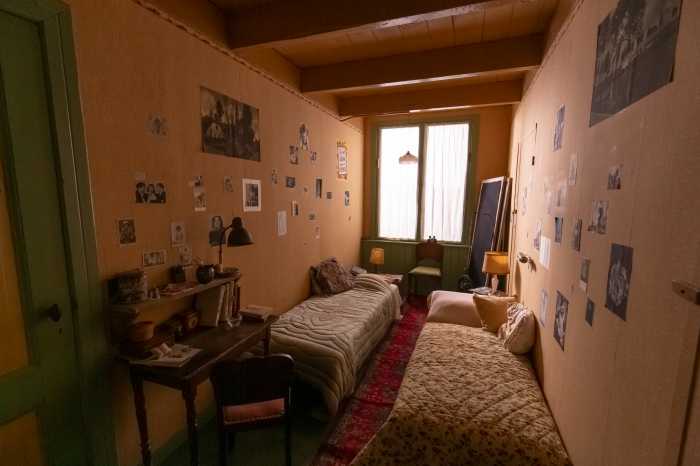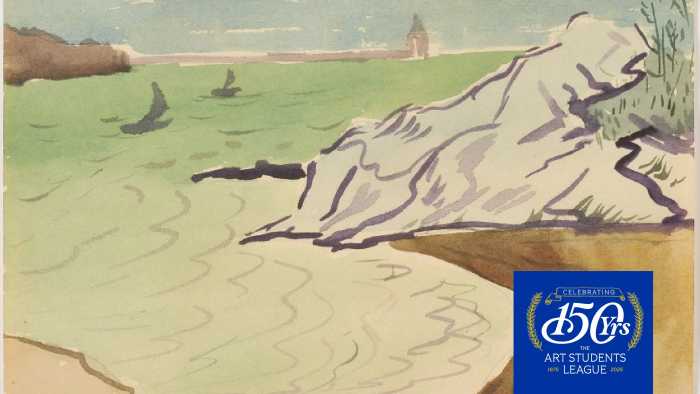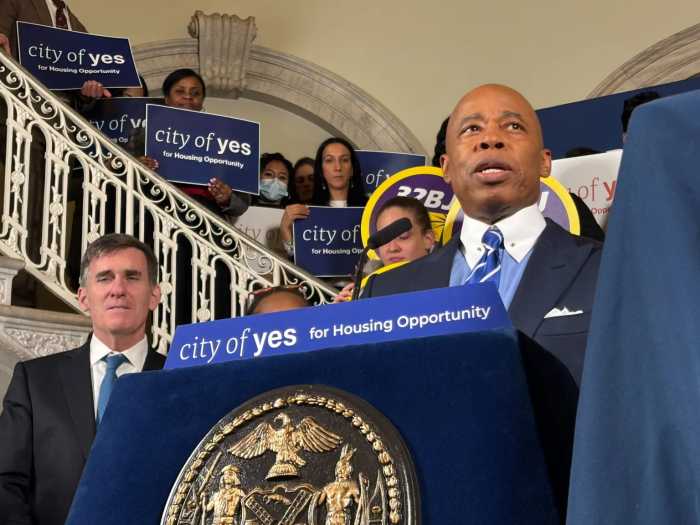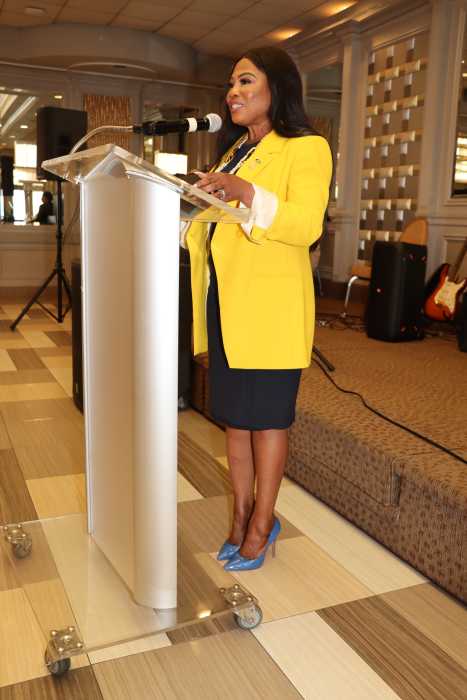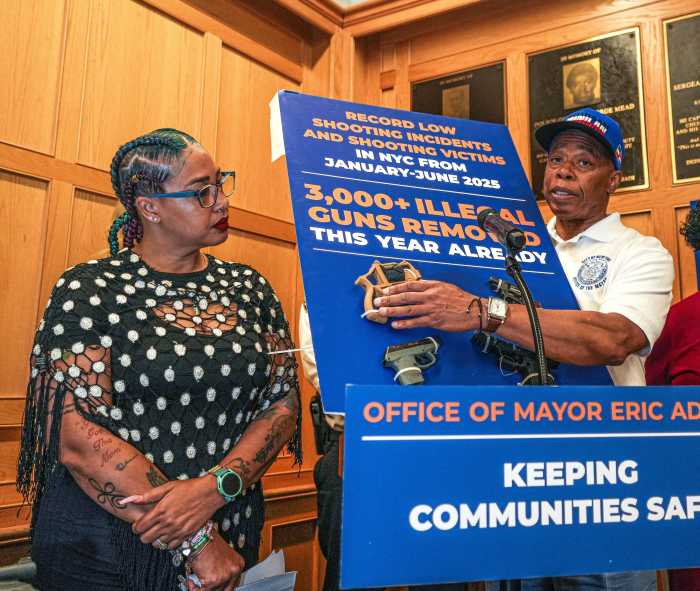The Manhattan home of renowned author, poet, and civil rights activist James Baldwin, who drew the ire of publishers more than half a century ago by writing about gay relationships, has been added to the National Register of Historic Places just months after the residence was designated as a New York City landmark.
The national designation represents a significant recognition of a man who was unafraid to confront social injustices and whose work featuring queer characters and topics was revolutionary during his time. Baldwin recognized from an early age that he was gay.
In 1965, Baldwin moved into an apartment in a now-landmarked building located at 137 West 71st Street between Broadway and Columbus Avenue, and spent parts of the final two decades of his life there before he died in France in 1987. He wound up purchasing the entire building, according to the NYC LGBT Historic Sites Project.
Baldwin was not the only iconic black author to have lived in that apartment building. The late Toni Morrison, who passed away last month, spent a brief time living there, as well, according to the Historic Sites Project.
Baldwin was born and raised in Harlem, but racism and homophobia in his home country pushed him to spend many years abroad — most notably in France. He was even forced to turn to publishers in England when those in the United States rejected his 1956 novel “Giovanni’s Room,” which centers on a torrid sexual relationship between two men in Paris and involved scenes at gay bars, as well.
After initially leaving for France at the age of 24, Baldwin returned to the United States in the 1950s to lend his skills as a writer to the civil rights movement. He penned multiple essays based on interviews with those involved in the movement and helped draw attention to the racist realities of the American South during the era.
“Seeing James Baldwin’s NYC residence listed on the National Register of Historic Places is the realization of our mission, in part, to increase LGBT representation on this important official inventory of sites and to formally recognize the US home most closely associated with Baldwin, a pivotal voice of 20th century America,” Amanda Davis, project manager of the NYC LGBT Historic Sites Project, said in a written statement. “We are delighted that our years of research into Baldwin’s connections to New York City and this home, specifically, have resulted in the site’s recognition at both the local, state, and national levels.”
The residence was also added to the State Register of Historic Places in July. Among the other local LGBTQ-focused spots to be named New York City landmarks this year include the Gay Activists Alliance Firehouse at 99 Wooster Street, Caffe Cino at 31 Cornelia Street, the LGBT Community Center at 208 West 13th Street, the Women’s Liberation Center at 243 West 20th Street, and Audre Lorde’s residence at 207 St. Paul’s Avenue on Staten Island.


